Description
🔧 Working Principle:
-
Fluid enters a chamber or cavity.
-
A mechanical component (gear, piston, diaphragm, rotor, etc.) displaces the fluid.
-
The fluid is pushed through the discharge at a consistent rate.
🔧 Key Components :
| Component | Function |
|---|---|
| Pump Casing | Encloses all internal parts; contains and directs fluid flow. |
| Inlet & Outlet Ports | Allow fluid to enter (suction) and exit (discharge) the pump. |
| Displacement Element | The moving part that displaces fluid (gear, piston, screw, etc.). |
| Drive Shaft | Transmits mechanical energy from motor to the displacement element. |
| Seals & Gaskets | Prevent leaks; important in high-pressure or toxic fluid applications. |
| Bearings & Bushings | Support rotating/moving parts, reduce wear. |
| Relief Valve | Protects pump from overpressure; often internal or external. |
| Motor or Driver | Provides the required mechanical power to operate the pump. |
🧪 Typical Applications:
-
Chemical dosing
-
Oil and gas transfer
-
Hydraulic systems
-
Food and beverage processing
-
Pharmaceutical and cosmetic production
-
Sludge, slurry, and viscous fluid pumping
✅ Advantages:
-
Constant flow regardless of discharge pressure
-
Ideal for high-viscosity or shear-sensitive fluids
-
Can handle solids and slurries
-
Excellent for metering and dosing
-
Self-priming and can run dry (certain types)
❌ Disadvantages:
-
-
Typically lower flow rates compared to centrifugal pumps
-
May pulsate unless dampened
-
Can be damaged by running against closed valves (need relief valves)
-
More moving parts = potentially higher maintenance
Technical Details
📐 1. Key Specifications:
Parameter Typical Range / Description Flow Rate (Q) 0.1 LPM to 100,000+ LPM (depends on type & size) Pressure Range Up to 1000+ bar (especially for piston or plunger types) Viscosity Handling Up to 1,000,000 cP (ideal for thick, viscous fluids) Speed (RPM) 10 – 1800 RPM (varies by application) Temperature Range -50°C to 350°C (with special materials) Self-Priming Ability Yes (most PD pumps are self-priming) Solids Handling Capable (especially peristaltic, lobe, or screw pumps)
⚙️ 2. Components Vary by Type:
-
Rotary PD Pumps: Use gears, screws, vanes, or lobes.
-
Reciprocating PD Pumps: Use pistons, plungers, or diaphragms.
-
Include chambers, seals, relief valves, and drive systems.
⭐ Features of Positive Displacement Pumps
-
Constant Flow Output
-
Delivers steady volume regardless of pressure changes.
-
-
Self-Priming
-
Can start pumping without external priming aid.
-
-
Handles High Viscosity & Slurry
-
Ideal for thick fluids, pastes, or those containing solids.
-
-
High Pressure Capability
-
Suitable for high-head applications like injection systems.
-
-
Precision Metering
-
Offers accurate and repeatable flow, useful for dosing chemicals or pharmaceuticals.
-
-
Low Shear
-
Gentle pumping action protects shear-sensitive fluids.
-
-
Dry Running (some types)
-
Peristaltic and some diaphragm pumps can run dry without damage.
-
✅ Benefits of Positive Displacement Pumps
Benefit Explanation 💧 Consistent Flow Ideal for batching, dosing, and precise delivery. 🛠️ Versatile Handling Works with a wide range of fluids – thin to extremely thick. 🚫 No Cavitation Risk Performs well at low suction pressures. ⚖️ Energy Efficient Especially efficient at low flow, high pressure conditions. 💡 Flexible Design Can be customized with various drives, materials, and seals. 🔁 Reversible Operation Many types can run in both directions. -
-

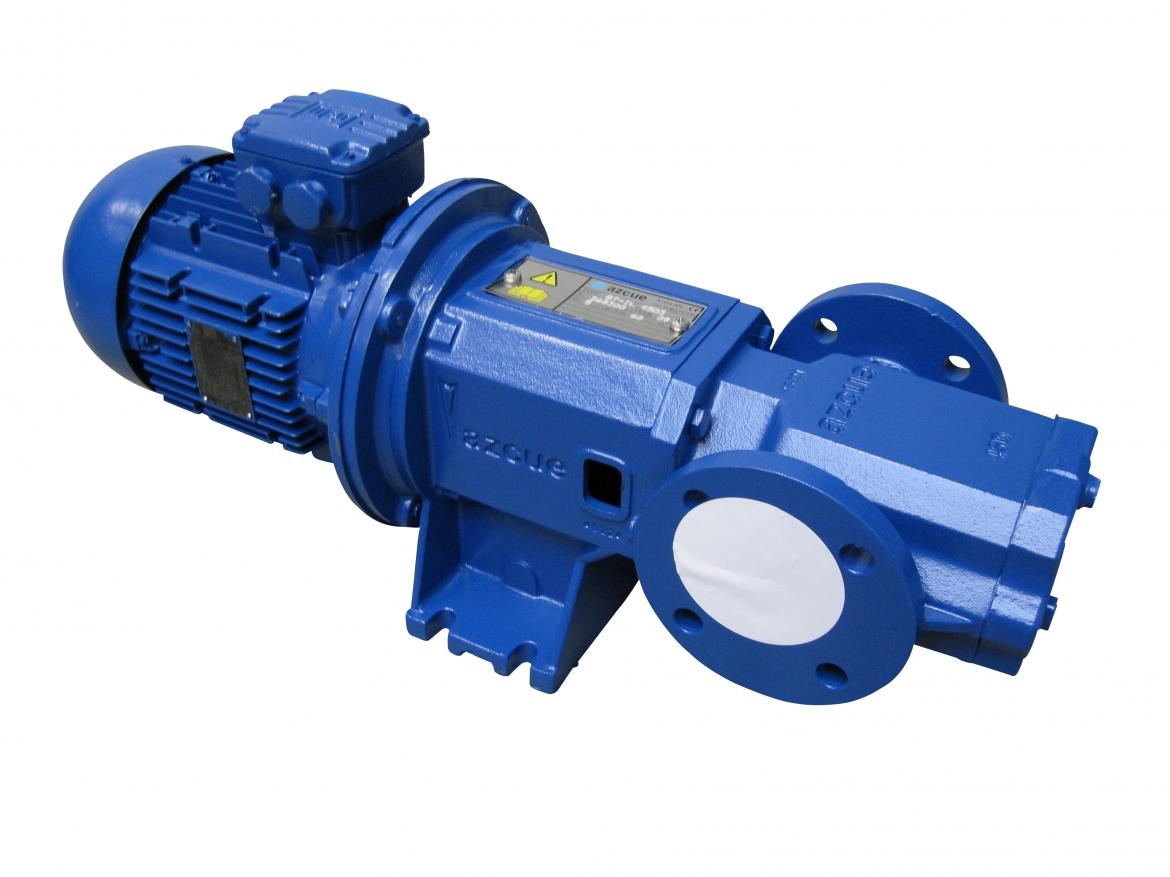
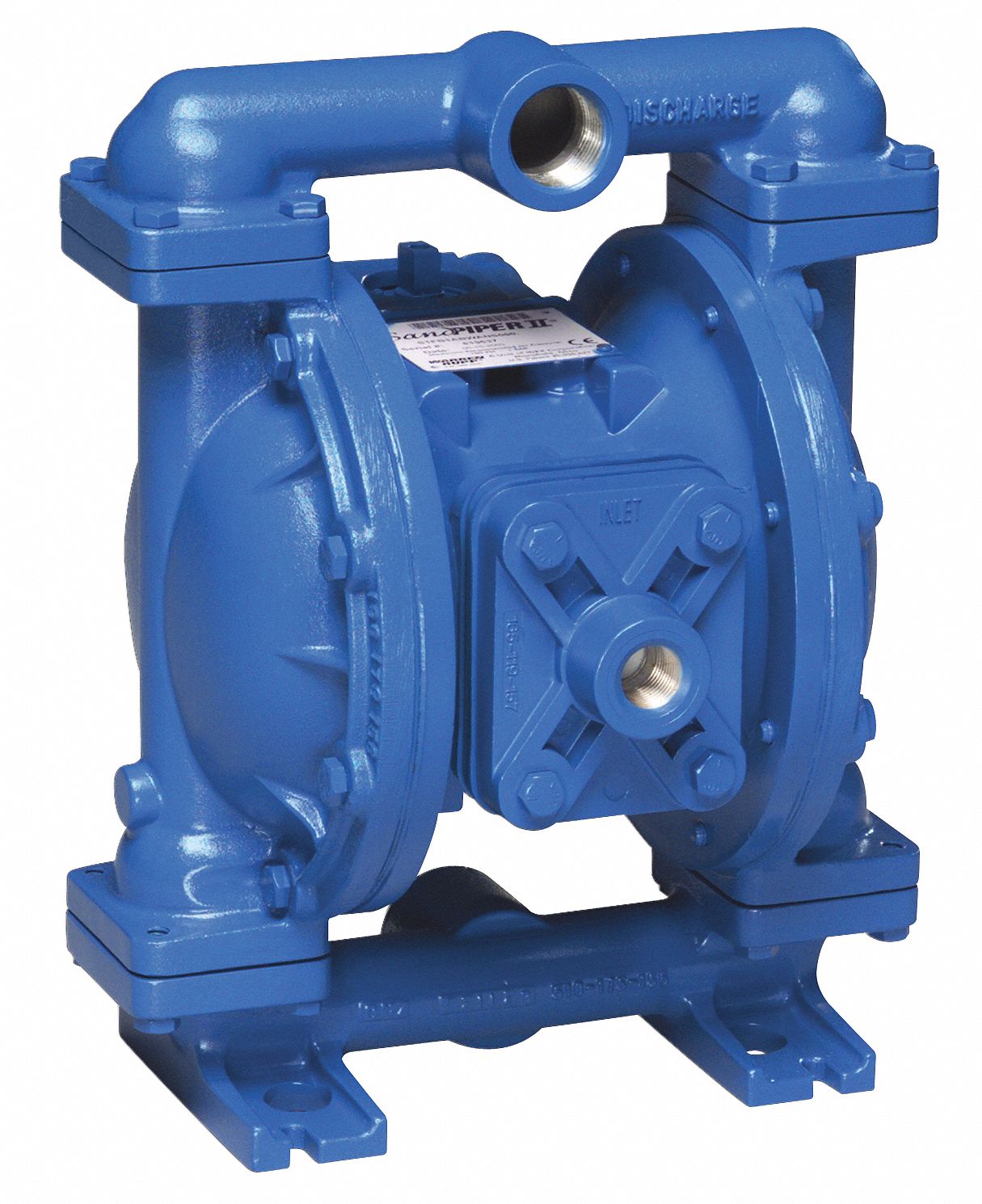
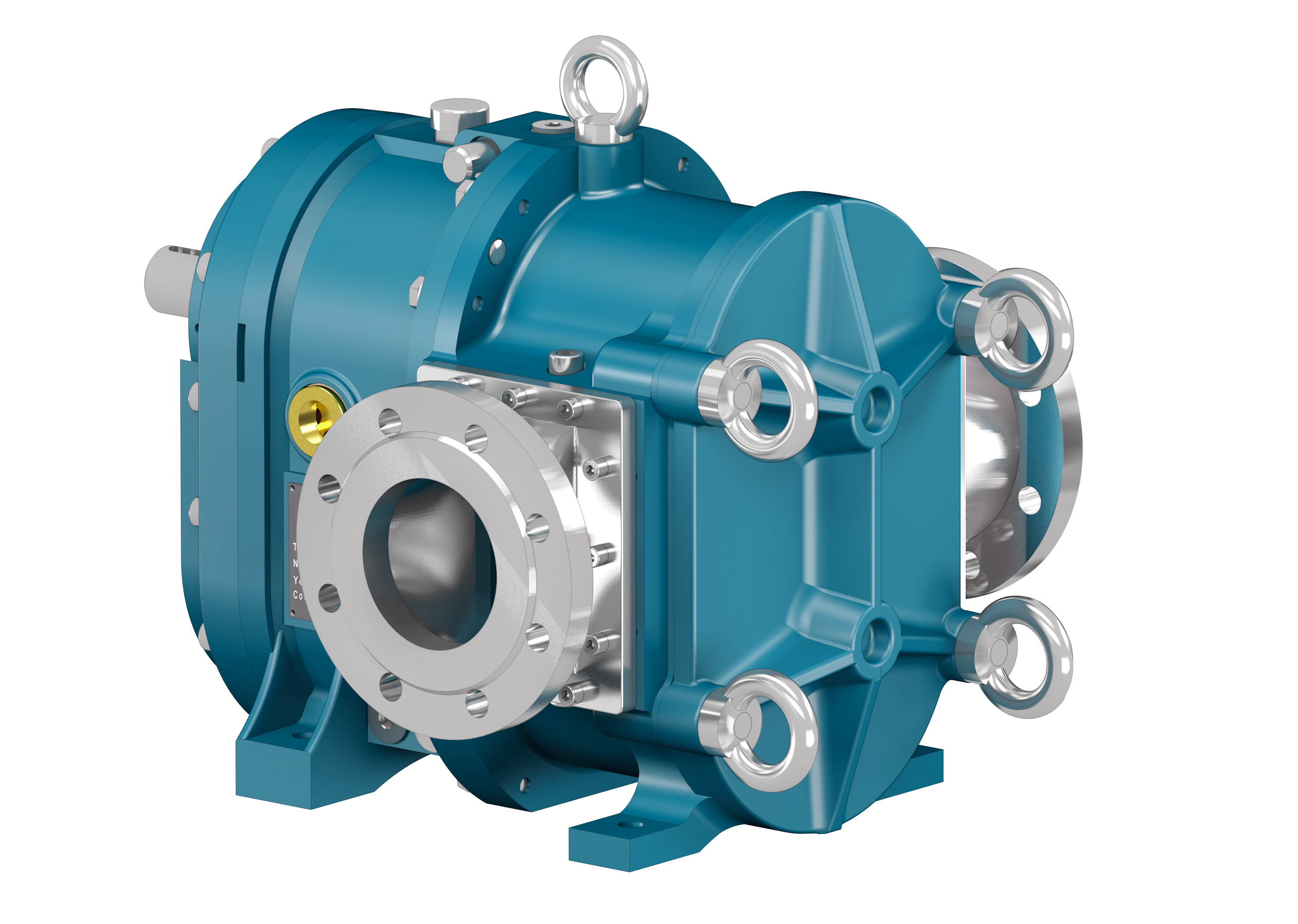
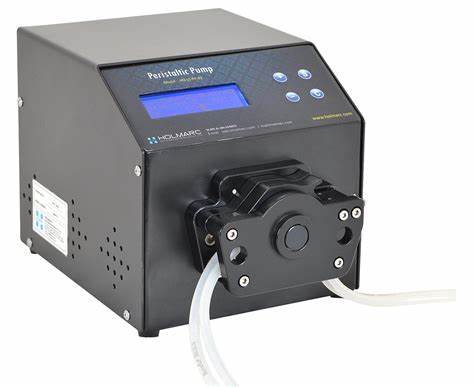
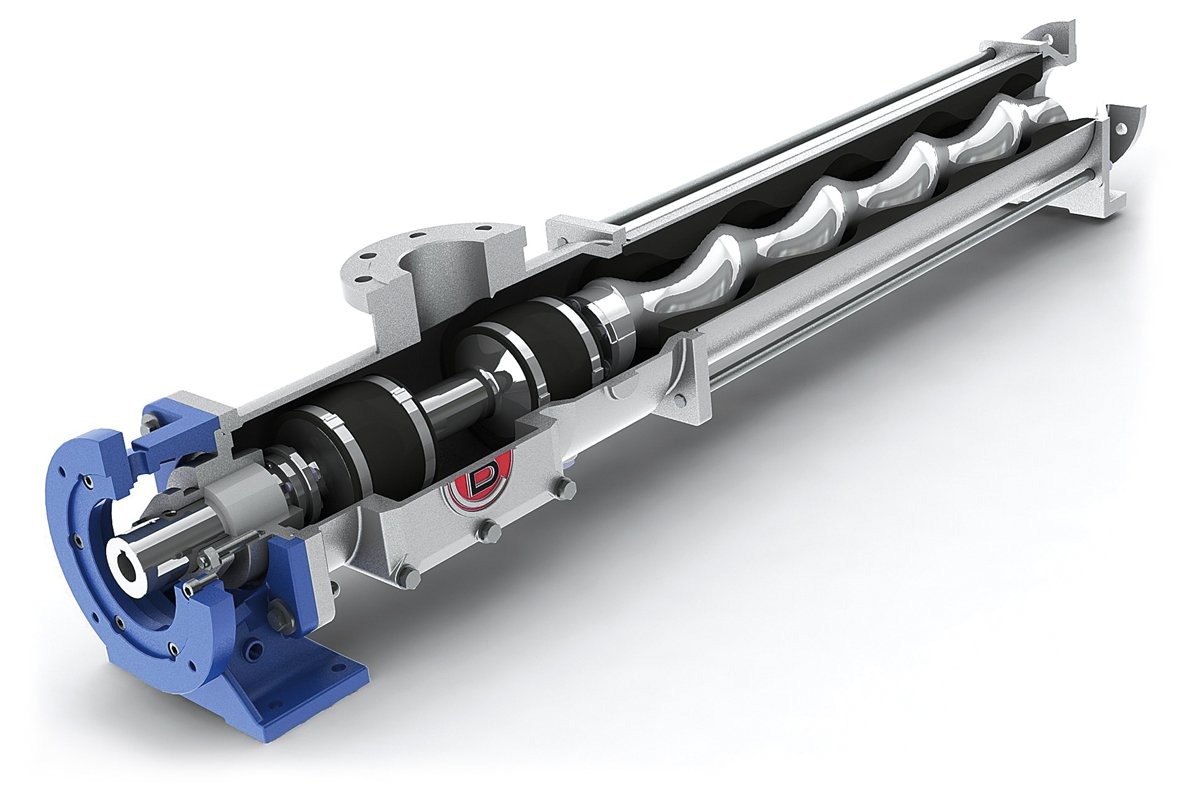
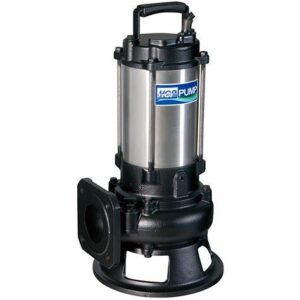
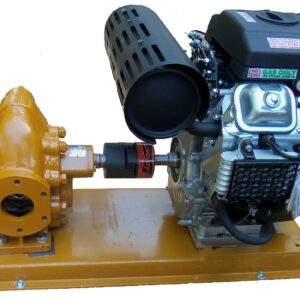

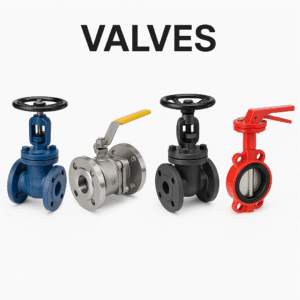
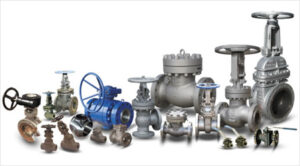
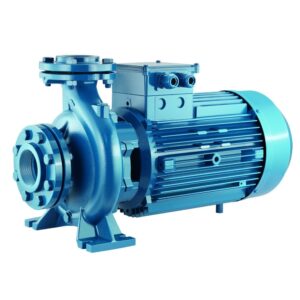
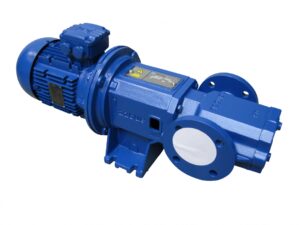
Reviews
There are no reviews yet.